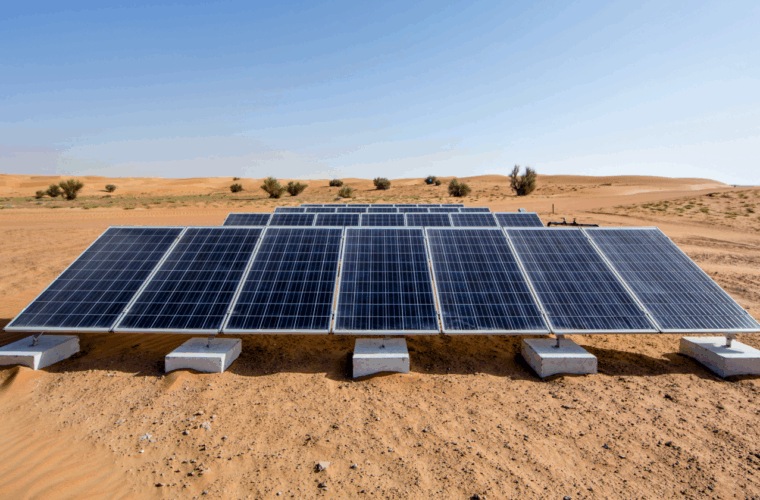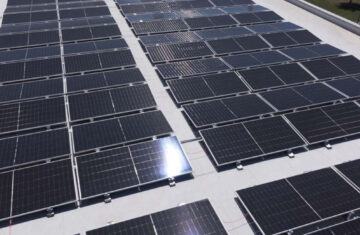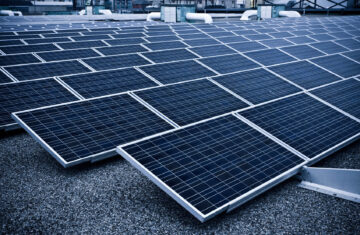The quest for renewable and affordable energy continues to drive global innovation, particularly in densely populated countries that face increasing resource demands. China exemplifies this effort, pioneering an ambitious solution: deploying solar panels in its vast desert regions. This strategy aims not only to enhance energy production but also to revitalize the local ecosystem.
Utilizing barren land for energy generation is not a novel concept; however, China’s approach stands out due to its scale and environmental focus. While similar initiatives have been undertaken in the U.S. and other nations, the results achieved in China are particularly noteworthy. The country’s strategy seeks to optimize energy collection while simultaneously improving the ecology of arid areas.
A pivotal study from Xi’an University of Technology, published in Scientific Reports, provides compelling evidence for this dual benefit. Researchers discovered that large solar parks in desert regions positively influence microclimates and enhance soil and vegetation properties. Utilizing the Driving Pressure-State-Impact-Response (DPSIR) model, which assesses ecological impacts, the study analyzed 57 indicators to evaluate the effects of solar installations on the environment.
The Qinghai Gonghe photovoltaic park, located in the Tarlatan Desert, served as the study’s focal point. The research revealed that the solar park received a score of 0.4393, classified as “general,” while surrounding areas scored lower, categorizing them as “poor” with scores of 0.2858 and 0.2802. This stark contrast underscores the positive ecological outcomes linked to solar energy deployment.
The researchers observed that the extensive coverage of solar panels not only harnessed sunlight for energy but also improved conditions for plant life beneath them. The installation fostered a microclimate conducive to vegetation growth, leading to increased humidity, lower temperatures, and enhanced soil health. As noted in the study, “Recent research has demonstrated the positive impact of photovoltaic power stations on soil evaporation and water content.”

Interestingly, the process of cleaning the solar panels—necessary for optimal energy generation—also serves a dual purpose by providing water to the arid soil beneath. This practice initiates a cycle of rejuvenation, enabling vegetation to thrive and potentially altering the climate to support more sustainable growth in the future.
While the results of this study are promising, researchers caution that further investigation is necessary to ensure the long-term viability of solar installations in desert environments. Continuous studies will help ascertain whether these ecological benefits are consistent and sustainable over time.
China’s innovative use of solar technology in desert regions illustrates a transformative approach to energy production and environmental sustainability. By leveraging barren land for solar energy, the country not only addresses its energy demands but also contributes to ecological restoration. As nations around the globe seek to balance energy needs with environmental stewardship, the lessons learned from China’s solar initiatives could offer valuable insights for future renewable energy projects.



